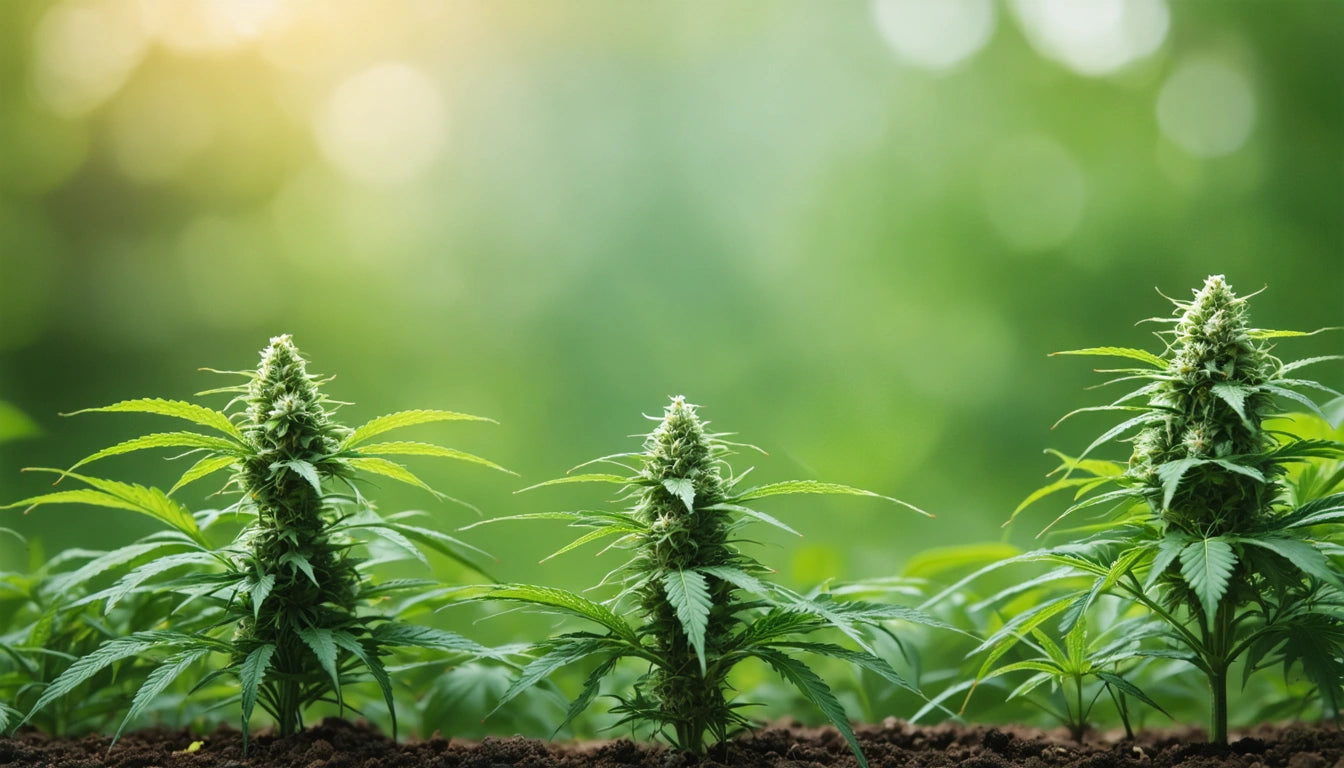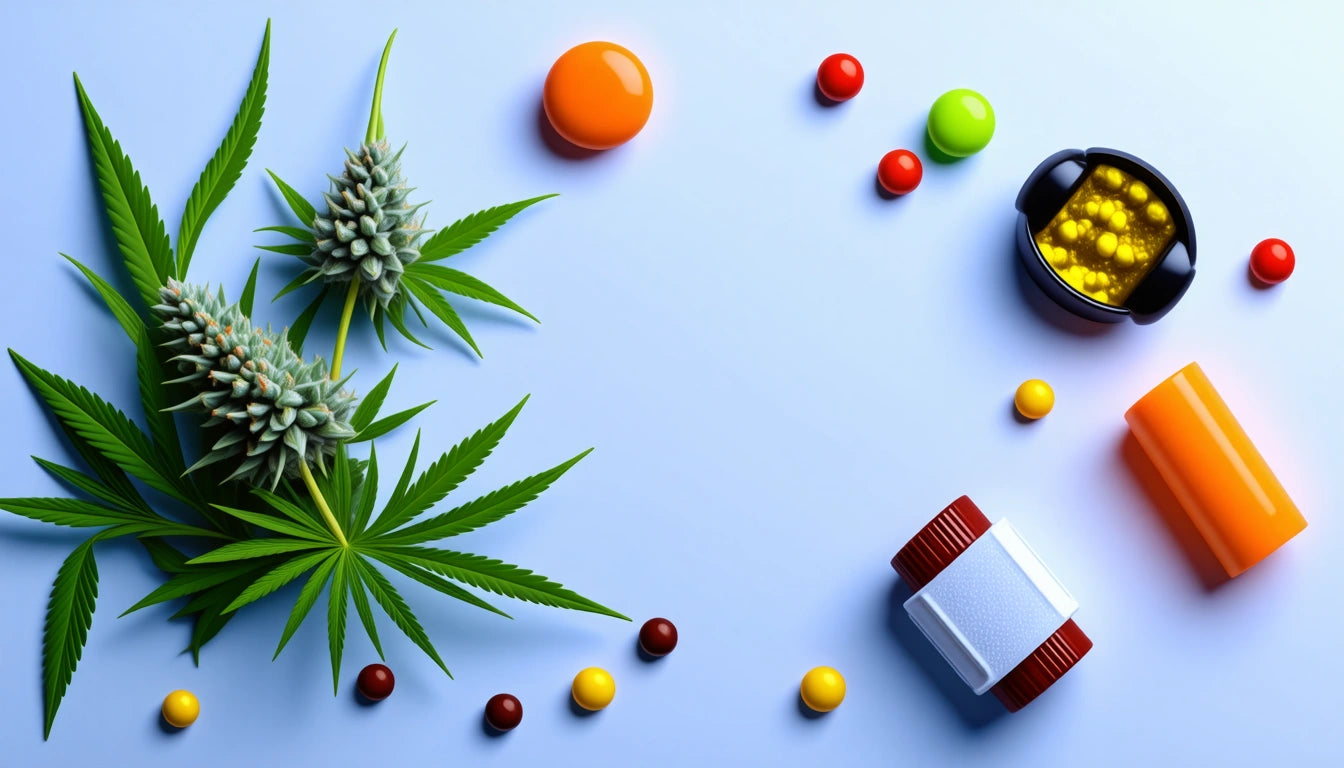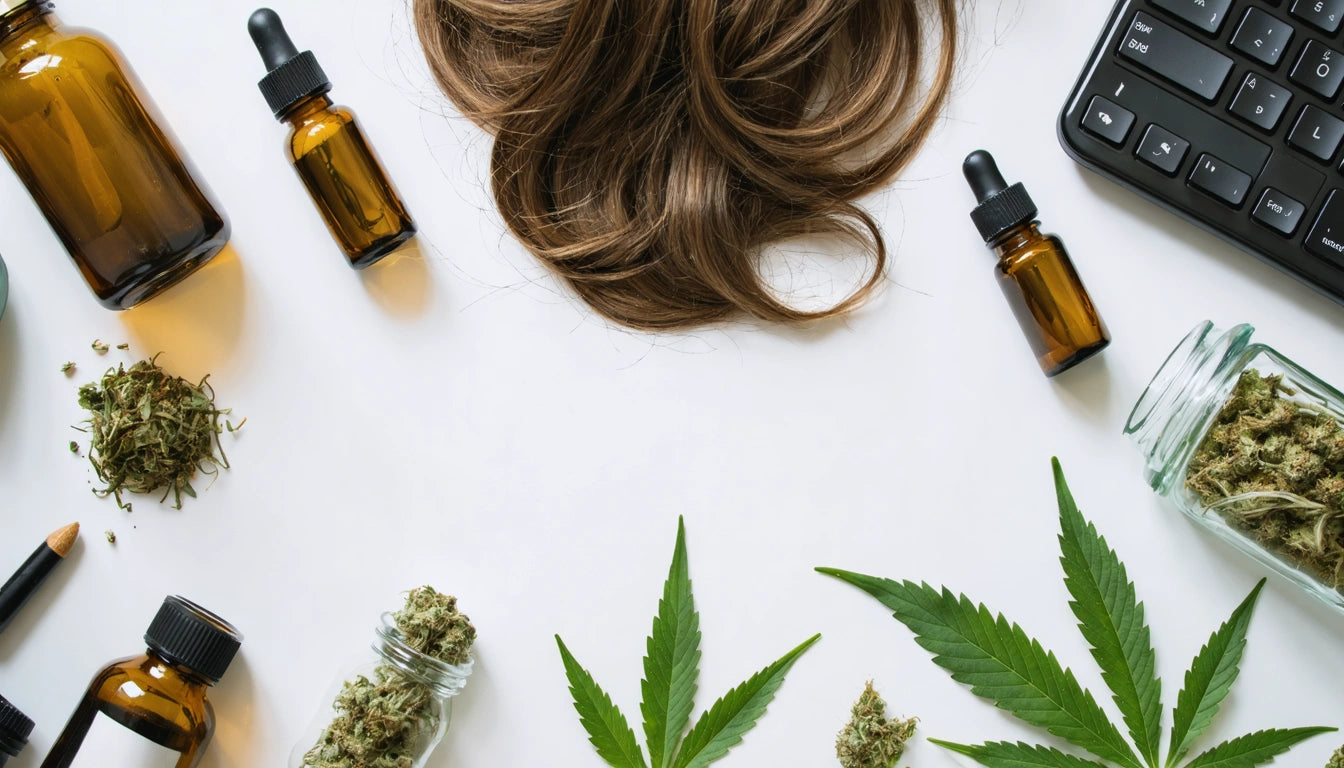Table of Contents
- Visual Indicators for Harvest Readiness
- The Trichome Method: Most Reliable Timing Indicator
- The Pistil Method: Color Changes Signal Maturity
- Timing Considerations for Indoor vs Outdoor Harvests
- Harvesting Techniques and Best Practices
- Post-Harvest Processing: Trimming, Drying, and Curing
- How Harvest Timing Affects Potency and Effects
When and How to Harvest Your Cannabis Plants: A Comprehensive Guide
Knowing when to harvest weed plants is crucial for achieving optimal potency, flavor, and effects. Harvest timing can significantly impact the quality of your final product, making it essential to understand the signs of readiness and proper harvesting techniques. This guide covers everything from identifying the perfect harvest window to processing your plants for maximum quality.
Visual Indicators for Harvest Readiness
Determining when weed is ready to harvest requires close observation of several plant characteristics. Most cannabis plants take between 7-9 weeks of flowering indoors, while outdoor plants typically finish in late September to October in the Northern Hemisphere, depending on strain and local climate.
Key indicators that your cannabis plants are approaching harvest time include:
- Yellowing and dying of fan leaves
- Darkening of pistils (hairs) from white to orange/brown
- Swelling of calyxes
- Trichomes changing from clear to cloudy to amber
- Reduced water consumption by the plant
- Distinct, pungent aroma
According to cannabis harvest timing experts, rushing the harvest can result in reduced potency, while waiting too long may lead to degradation of THC to CBN, creating more sedative effects.
The Trichome Method: Most Reliable Timing Indicator
The most accurate way to determine when your weed plant is ready to harvest is by examining the trichomes, the tiny crystal-like structures on the buds and surrounding leaves. These resin glands contain the highest concentration of cannabinoids and terpenes.
You'll need a jeweler's loupe or digital microscope with at least 40x magnification to properly assess trichome development. Research on optimal harvest timing reveals three distinct stages:
- Clear trichomes: Not ready for harvest, low potency
- Cloudy/milky trichomes: Peak THC content, energetic effects
- Amber trichomes: More CBN, relaxing/sedative effects
For balanced effects, most growers harvest when trichomes are approximately 70-80% cloudy and 20-30% amber. This balance provides both the cerebral effects of THC and the body relaxation of CBN.
The Pistil Method: Color Changes Signal Maturity
Another reliable indicator for when weed plants are ready to harvest is the color of the pistils, the hair-like structures that protrude from the buds. Throughout the flowering stage, these pistils undergo a transformation that signals the plant's maturity.
The pistil method is easier to observe without special equipment:
- Early flowering: Pistils are white and standing straight up
- Mid-flowering: Some pistils begin turning orange/red/brown
- Harvest window: 70-90% of pistils have darkened and curled inward
While not as precise as the trichome method, pistil observation provides a good visual indicator that can be assessed with the naked eye. Experienced growers often use both methods together for greater accuracy.
Timing Considerations for Indoor vs Outdoor Harvests
When to harvest weed outdoors versus indoors requires different considerations. Outdoor growers must factor in weather conditions and seasonal changes, while indoor growers have more control over the environment.
Outdoor Harvest Timing:
When determining when to harvest weed outdoors, consider these factors:
- Weather forecasts (avoid harvesting before heavy rain)
- First frost dates in your region
- Pest pressure increasing as seasons change
- Security considerations
Most outdoor plants in the Northern Hemisphere are ready between late September and early November, depending on strain and local climate. Outdoor harvest guides suggest monitoring weather patterns closely and harvesting before extended periods of rain or first frost.
Indoor Harvest Timing:
Indoor growers can focus more exclusively on plant readiness rather than external factors. The typical timeline from seed to harvest for indoor weed ranges from 3-5 months total, with the flowering period lasting 7-12 weeks depending on strain.
Harvesting Techniques and Best Practices
Once you've determined when your weed plants are ready to harvest, proper technique ensures you preserve potency and quality. Comprehensive harvesting guides recommend these steps:
- Stop fertilizing 1-2 weeks before harvest (flushing)
- Harvest in the morning after a period of darkness for maximum resin production
- Use sharp, clean trimming scissors or pruners
- Consider whole-plant vs. sectional harvesting depending on plant size
- Work in a clean, controlled environment
Many commercial growers have found that harvesting at specific times of day can impact quality. Research on day versus night harvesting suggests that harvesting after a period of darkness may increase resin production and preserve terpenes.
Post-Harvest Processing: Trimming, Drying, and Curing
After determining when to harvest your weed plants, proper post-harvest processing is essential for quality. This multi-step process includes:
Trimming:
Decide between wet trimming (before drying) or dry trimming (after drying):
- Wet trimming: Easier to cut, but faster drying time can affect quality
- Dry trimming: More difficult to cut, but slower drying preserves terpenes
Drying:
Hang plants upside down in a dark room with controlled conditions:
- Temperature: 60-70 °F (15-21 °C)
- Humidity: 45-55%
- Duration: 7-14 days until stems snap rather than bend
Curing:
Place dried buds in airtight containers:
- Open containers briefly daily for the first week (burping)
- Gradually reduce to once every few days
- Minimum curing time: 2-4 weeks
- Optimal curing time: 4-8 weeks or longer
The entire process from harvest to properly cured cannabis typically takes 1-3 months. While this requires patience, proper curing significantly improves flavor, smoothness, and overall quality.
How Harvest Timing Affects Potency and Effects
The precise moment you choose to harvest has a substantial impact on the effects your cannabis will produce. This relationship between harvest timing and effect profile gives growers significant control over their final product.
Early harvest (mostly cloudy trichomes):
- Higher THC:CBN ratio
- More energetic, cerebral effects
- Potentially more anxiety-inducing for sensitive users
- Less sedative properties
Late harvest (more amber trichomes):
- THC begins converting to CBN
- More relaxing, body-focused effects
- Better for sleep and pain relief
- Potentially less psychoactive intensity
Understanding this spectrum allows growers to customize their harvest timing based on desired effects. Optimization guides suggest that commercial growers may even harvest different sections of the same plant at different times to create varied effect profiles from a single crop.
By mastering the art and science of harvest timing, you can consistently produce cannabis with your preferred characteristics and effects. Whether growing for personal use or commercial production, these principles ensure you maximize the potential of each plant.











Leave a comment
All comments are moderated before being published.
This site is protected by hCaptcha and the hCaptcha Privacy Policy and Terms of Service apply.